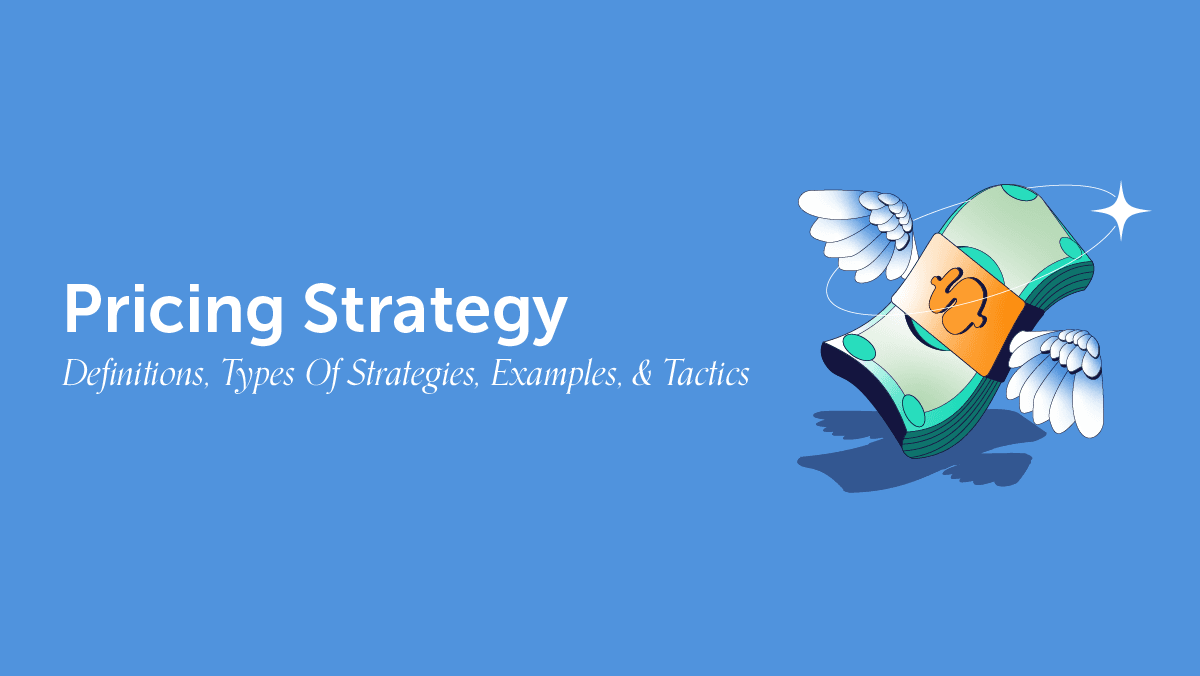In the dynamic world of commerce, pricing strategies play a pivotal role in shaping consumer behavior and driving sales. Discounts and allowances are integral components of these strategies, wielded by businesses to attract customers, manage inventory, and foster loyalty. As we delve into the realm of discounts and allowances, it becomes clear that their effective utilization can spell the difference between success and stagnation for enterprises across industries.
Table of Contents
ToggleTypes of Discounts and Allowances
Discounts come in various forms, each tailored to achieve specific business objectives:
- Promotional Discounts: Widely recognized as temporary price reductions, promotional discounts are strategically employed during festive seasons, product launches https://delawareupdates.com, or to clear excess inventory. These discounts not only stimulate immediate sales but also enhance brand visibility and customer engagement.
- Quantity Discounts: Encouraging bulk purchases, quantity discounts incentivize customers to buy more by offering reduced prices for larger quantities. This strategy benefits both parties, as businesses achieve economies of scale while customers enjoy cost savings.
- Seasonal Discounts: Timely adjustments in pricing during off-peak seasons can attract price-sensitive consumers and alleviate inventory pressures. By aligning prices with seasonal demand fluctuations, businesses optimize revenue streams throughout the year.
- Cash Discounts: Leveraging prompt payment, cash discounts motivate customers to settle invoices swiftly, thus improving cash flow and reducing accounts receivable risks. This practice is prevalent in B2B transactions where timely payments are critical.
- Trade Discounts: Exclusive to business-to-business transactions, trade discounts are negotiated between manufacturers and wholesalers or retailers, reflecting the commercial relationship’s terms and conditions.
Navigating the Challenges
While discounts and allowances hold immense potential, their indiscriminate use can erode profit margins and dilute brand value. Businesses must adopt a judicious approach to pricing strategies, balancing short-term gains with long-term sustainability:
- Profitability Analysis: Conducting thorough cost-benefit analyses ensures that discounts do not exceed permissible margins, safeguarding profitability amid competitive pressures.
- Targeted Marketing: Precision-targeted promotions resonate more effectively with intended audiences, optimizing marketing expenditures and maximizing return on investment.
- Customer Segmentation: Tailoring discounts to distinct customer segments cultivates personalized experiences, fostering customer loyalty and retention.
- Competitive Benchmarking: Monitoring competitors’ pricing strategies provides valuable insights for refining one’s own approach, ensuring competitiveness without compromising profitability.
The Future Landscape
In an increasingly digital marketplace, technological advancements offer unprecedented opportunities for precision pricing and personalized promotions. Artificial intelligence and machine learning algorithms empower businesses to analyze vast datasets, predicting consumer behavior and optimizing pricing strategies in real-time.
As businesses navigate the complexities of discounts and allowances, the key lies in striking a delicate balance between strategic pricing and sustainable profitability. By harnessing the power of data-driven insights and embracing evolving consumer preferences, enterprises can forge ahead in an ever-evolving marketplace, cementing their position as industry leaders.
In conclusion, discounts and allowances are potent tools in the arsenal of modern business, capable of driving growth, enhancing competitiveness, and nurturing enduring customer relationships. With strategic foresight and adaptive agility, businesses can harness these tools to navigate the currents of commerce, steering toward sustained success and prosperity.

